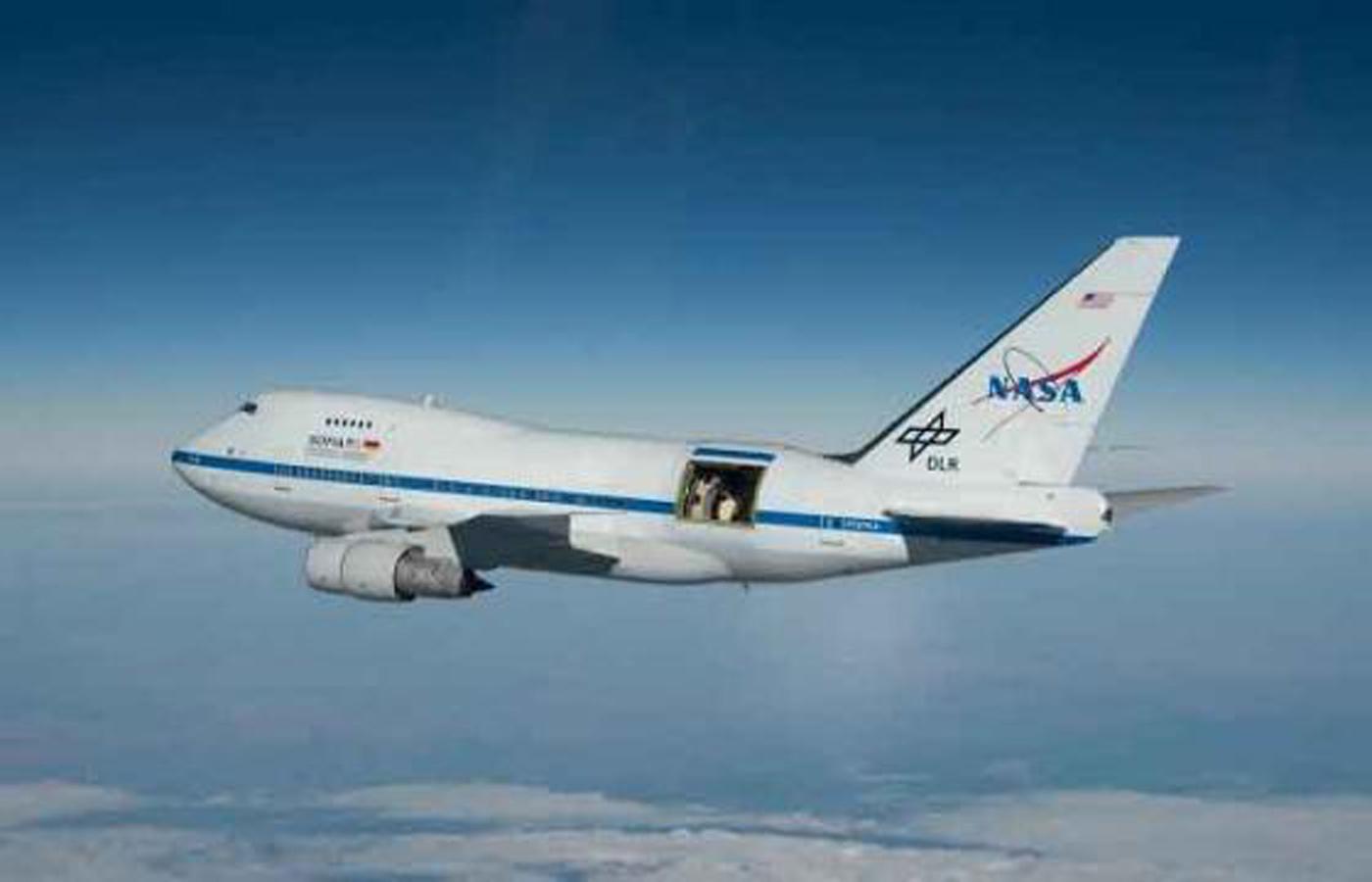Infrared maps of the king of planets have been created from the circulation of gases in Jupiter's atmosphere.

For the first time since the twin Voyager spacecraft missions in 1979, scientists have produced far-infrared maps of Jupiter using NASA’s Stratospheric Observatory for Infrared Astronomy, SOFIA. These maps were created from the researchers’ studies of the circulation of gases within the gas giant planet’s atmosphere.
Infrared observations provide details not possible at other wavelengths. When gas planets like Jupiter are studied with visible light, they can only see the light reflecting from the top of the gas clouds that make up the atmosphere. Using infrared light allows scientists to see past the clouds and into the deep layers of the atmosphere, providing a three-dimensional view of the planet and the ability to study how gasses circulate within the atmosphere.
Leigh N. Fletcher from the University of Leicester, England, led a team of researchers that used the SOFIA telescope and data from the Faint Object infraRed Camera for the SOFIA Telescope, known as FORCAST, to make these observations. Fletcher’s team was looking for the two types of molecular hydrogen, called “para” and “ortho” – differentiated by whether their protons have aligned or opposite spins. The fraction of hydrogen in the “para” flavor is a good indicator for gasses upwelling from deep within the planet’s atmosphere. This interaction of gas molecules was observed at infrared wavelengths between 17 and 37 microns, a spectrum range that is largely inaccessible to ground-based telescopes.
Much of the current understanding of Jupiter’s circulation patterns are based on results from space-based missions of the past, including the Voyager mission, Galileo mission (1989–2003), and the Cassini spacecraft, which flew past Jupiter in 2000. SOFIA’s airborne location, above more than 99 percent of Earth’s infrared-blocking water vapor, combined with the powerful FORCAST instrument, provides one of the only current facilities capable of studying Jupiter’s overall atmospheric circulation. These new SOFIA observations allow comparisons of how Jupiter’s atmospheric circulation has changed over time.
Read More: http://spaceexp.tumblr.com/post/155534249936/nasa-flying-observatory-makes-observations-of





